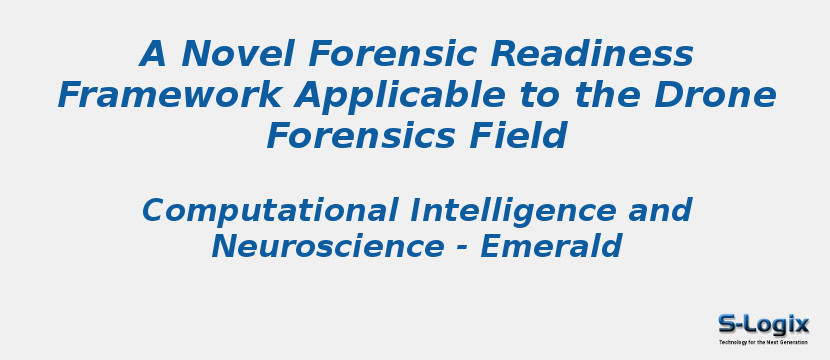Research Area: Digital Forensics
The Drone Forensics (DRFs) field is a branch of digital forensics, which involves the identification, capture, preservation, reconstruction, analysis, and documentation of drone incidents. Several models have been proposed in the literature for the DRF field, which generally discusses DRF from a reactive forensic perspective; however, the proactive forensic perspective is missing. Therefore, this paper proposes a novel forensic readiness framework called Drone Forensics Readiness Framework (DRFRF) using the design science method. It consists of two stages: (i) proactive forensic stage and (ii) reactive forensic stage. It considers centralized logging of all events of all the applicants within the drone device in preparation for an examination. It will speed up gathering data when an investigation is needed, permitting the forensic investigators to handle the examination and analysis directly. Additionally, digital forensics analysts can increase the possible use of digital evidence while decreasing the charge of performing forensic readiness. Thus, both the time and cost required to perform forensic readiness could be saved. The completeness, logicalness, and usefulness of DRFRF were compared to those of other models already existing in the DRF domain. The results showed the novelty and efficiency of DRFRF and its applicability to the situations before and after drone incidents.
Keywords:
Author(s) Name: Fahad Mazaed Alotaibi, Arafat Al-Dhaqm and Yasser D. Al-Otaibi
Journal name: Computational Intelligence and Neuroscience
Conferrence name:
Publisher name: Hindawi
DOI: 10.1155/2022/8002963
Volume Information:
